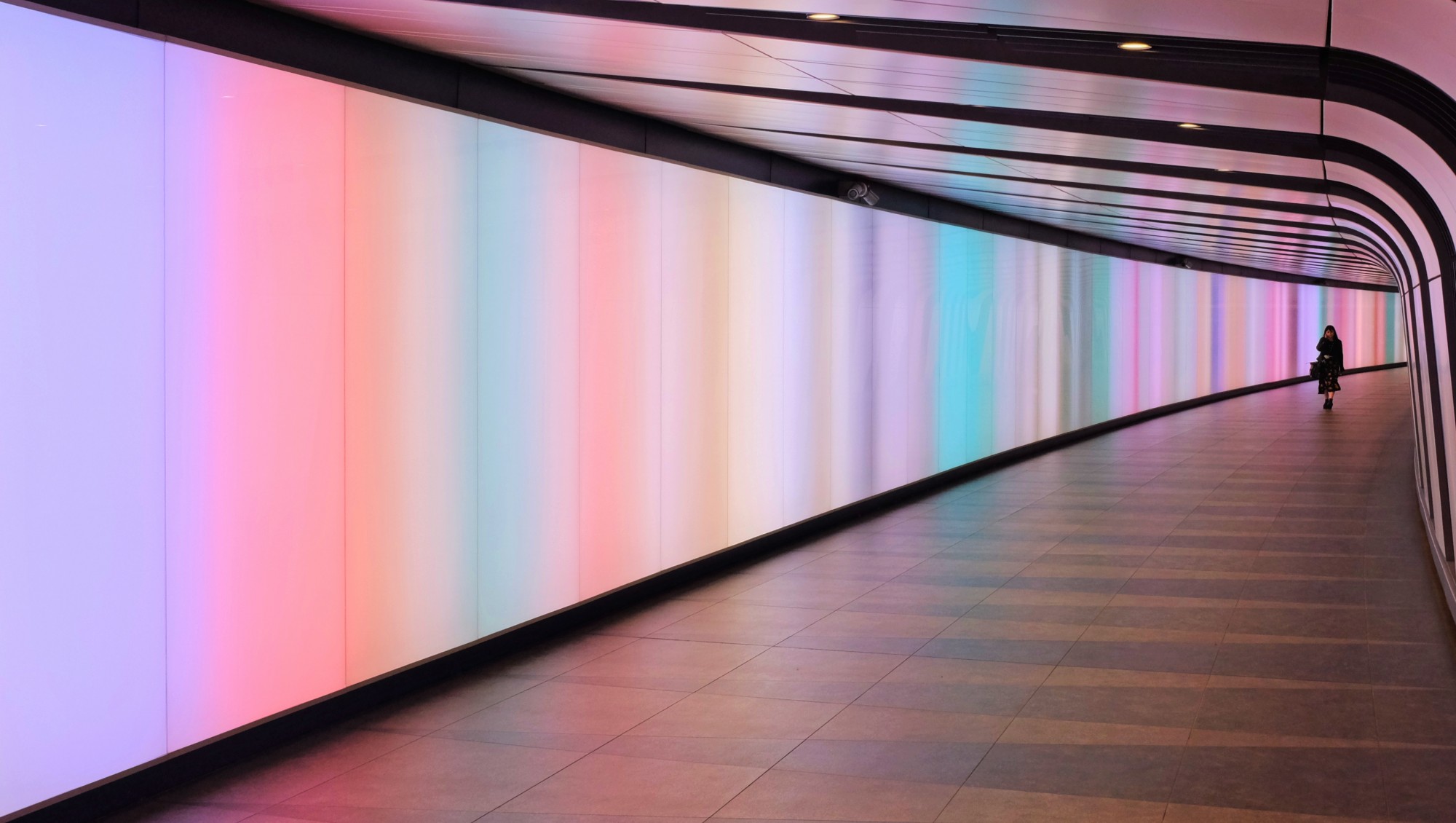8 questions towards planning and choosing lighting
11/2017
There are many things that need to be taken into account when we start planning and choosing lighting for different applications.In the following article I will try to present the main considerations as guidelines for planning. There are many more things that need to be considered, but here I will present what I feel, are the main and most important ones. |  |
1. What is the use for the space we want to light? | This is the basic question and puts the lighting project into a broad framework and gives us an outline to work with. Clearly, if the space we plan to light includes elements of industrial concrete, then we won't choose delicate chandeliers. Or if we're talking about a laboratory making and building fine, accurate electronics we won't use LED filament bulbs. |
2. Who is present in the space that we are lighting and who is the user? | Lighting affects different people in different ways: the effect of lighting on different people is a result of many and various factors and ultimately, if we look at it with a high degree of accuracy, we can state that lighting affects different people in different ways. It is very difficult and, in my opinion in this day and age, not practical to design lighting that suits an individual. As technology advances, eventually we will be able and plan to do so, but we aren’t there yet. What is recommended is to identify the typical user of the space that we wish to light. For example, the elderly typically react better to lighting with lower CCT. When lighting zoos we must take into account which animals are affected by the lighting, whether they are active during the day or are nocturnal and whether certain wavelengths could affect their circadian rhythm. An extreme use of lighting is for agricultural grow lights. Here the user is the plant, not a person, and the choice of color and wavelength are critical to the effectiveness of the lighting. This is an example where the wrong choice of lighting has a dramatic effect on the success of the facility. This is not just a case of convenience but the heart of the matter. When planning or choosing grow lights we ask which plant is being grown? What do we want to happen to it? In what time span? These and many other questions are asked in order to characterize the user (plant). |
3. What lux level do we wish to obtain and at what height? | Different activities require different illumination at different heights. The different lighting levels we need can be found in international lighting standards. There are types of spaces that don't appear in standards, in these cases we define the necessary illumination intensity through experience, customer requests, activity and user characterization. Pay attention to the measuring height defined in the standard. The measuring height has a great effect on the results. Usually, the relevant height will be the one where the activity occurs. For example, in offices we measure lighting at a height of 75cm, the height that activities occur, which is the standard height of a desk. For street lighting we measure at floor height. |
4. What is the uniform illumination standard? | The easiest way will be to see the requirements in the special standard specs and the level of uniformity required. If we don't find the answer in the standard specs then we need to look at the whole space and define the focal points we wish to light. In work spaces, in most cases, we will work with a uniformity level of 1:5 or 1:3. In spaces where we are looking to create a design effect with the lighting, we will sometimes use lack of uniformity to draw the eye of the visitor to certain objects by highlighting them. |
5. What CRI do we need in a space? | The color rendering index (CRI), is a measure of the quality of light. Simply put, it is the parameter that tells us how we see colors in artificial light. The sun is our base point and is 100% and all other light sources have a CRI index in percentages marked with RA and a number. The higher the number, the closer the colors look to their true shade (in sunlight) under artificial light. If it were possible, we would choose to use light sources with RA99. The thing is that this has financial ramifications and is not realistic. There are cases where CRI is more important. When we planned lighting for a boutique store that sells spray paint cans, and the main element in the shop is a huge shelf rack displaying hundreds of cans in hundreds of different shades. It was a classic case where the CRI is vital, both to illuminate the main element in all its glory, and to allow customers to differentiate between the different shades of each can. On the other hand, in a potato storage room, the CRI is unimportant as we don't need to see difference in shades. This means the lighting is much cheaper as we can use products with a lower CRI. In most cases the international standards define the CRI values. |
6. Where can we place, or not place, lighting fixtures? | In a factory where a ceiling-mounted crane works all over the production hall at a distance of up to 10cm from the ceiling, we will probably only be able to install lighting fixtures on the walls. This is very important when choosing fixtures. We will invest in different photometry with different intensity which will, in the end, affect the number of lighting fixtures required. If we're planning to light a fountain and we want to install lighting fixtures under the water, this will limit the choice of fixture to those that are waterproof and have secure electrical wiring. |
7. What form of installation? | Which ceiling are we planning? Usually, on concrete ceilings it would be easiest to install ceiling mounted fixtures. On drywall ceilings we can install recessed, pendant or ceiling mounted fixtures. On ceiling panels we install recessed or pendant fixtures, however there are limitations as to size and shape. Check to what the fixtures are attached and take this into account when selecting the products. |
8. What are the walls and floor colors? | It might seem that the last question I have chosen to ask is not related to lighting. Important note, I am not saying that you need to choose the wall and floor colors as this is your designer's job. These are special people with talent and ability who have studied, and work very hard to define their profession under the umbrella of design. I cannot begin to understand what they do although I do know one designer very closely: my wife. What is important is that we take into account the colors we choose. The colors of the room deeply affect the final lighting effect. Dark colors can affect the number of lighting fixtures we use, and in general will greatly affect the resources we use to achieve the light intensity that we have previously defined in the answer to question 3. |
Lighting is a whole world. There is no one solution suitable for one demand and there is room for subjective interpretation. The key to success is defining boundaries of the area in which we need to work and then deciding whether or not to remain within those boundaries. The answers to the above 8 questions will not give a total answer to light planning, but they can help. Enjoy the process and select with forethought. This will help to achieve good light.If you have any questions, don't hesitate. I am available, feel free. |
